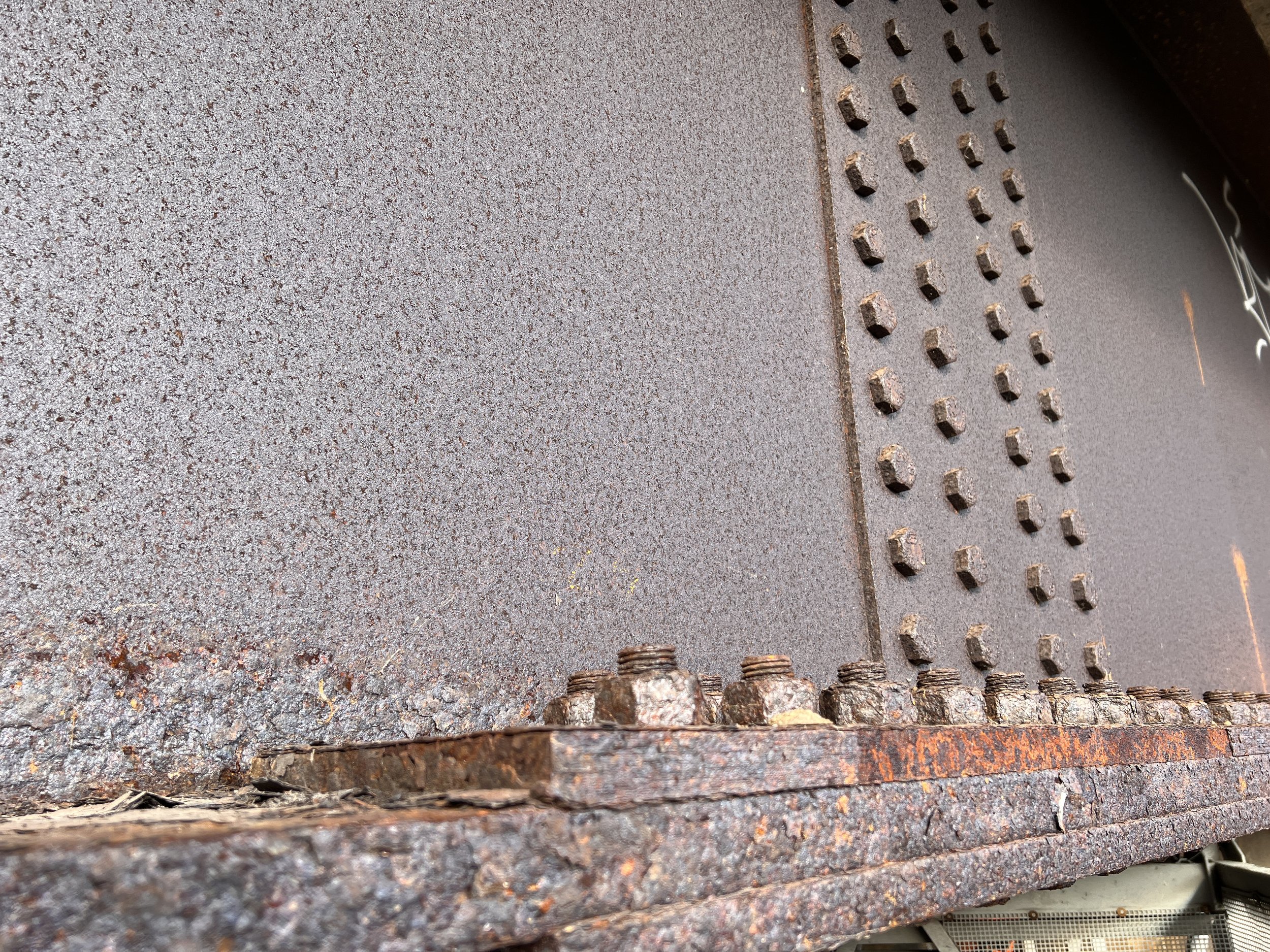
METALLIC TESTING & INSPECTIONS
Metallic elements are amongst the most commonly used materials in the construction industry and the process in which these are produced has developed over time resulting in a variance of material properties. For example, cast iron, wrought iron, steel etc. Therefore, there is a requirement to understand the current condition, dimensional details, identification of material type and the strength properties.
At Empirical we provide a wide range of tests:
Magnetic Particle Inspection – Magnetic Particle Inspection commonly referred to as MPI is primarily used to detect cracks that are not visible to the human eye in ferromagnetic materials including welds. The test initially involves cleaning of test area, followed by priming with a white contrast paint, then the area is magnetised. Following this, a black magnetic ink is then applied to the test area enabling cracks to be highlighted.
NDT Testing to Cast Iron – During the production of cast iron elements there are numerous variabilities during the casting process. The presence of inclusions within cast iron means the material is typically found to be highly variable, and therefore requires suitably qualified non-destructive testing and inspections. Empirical qualified engineers ensure that the most suitable methods are adopted to cast iron elements enabling accurate condition assessment of cast elements.
Ultra-Sonic Testing – Ultra-sonic thickness gauges can be used to confirm element thicknesses and cross-sectional loss. Thus enabling the remaining cross section to be determined for further assessment and ascertain the remaining load capacity.
Hardness Testing – Hardness testing of some metallic elements can be used to estimate the tensile strength properties of the material, this is due to the correlation between surface hardness and tensile strength. This test method can be done in-situ on site or alternatively in laboratory conditions. This is commonly done using Hardness Vickers (hV) method to BS EN ISO 6507-1 2018. The approximation of the tensile strength can be given by reference to BS EN ISO 18265:2013. However for accurate results in-situ this test should be carried out alongside material sampling/laboratory testing to reduce inaccuracies which may be due to a result of on site conditions.
Extraction and Testing of Samples – The extraction of material samples is typically required to accurately determine the strength and identification of materials. Empirical are experienced in removing selective samples from non-critical locations through various techniques. Our operatives have experienced knowledge of structures and will only remove at agreed locations (non-critical) that will cause minimal reduction in structural integrity. Elements such as beams, columns, reinforcing bars, caissons and rivets are typical examples of materials Empirical sample to ascertain the material properties.
Magnetic drilling – Empirical are experienced in magnetic drilling techniques which assist with investigations to determine element thickness and removal of small samples including rivet extraction and metallic cores for laboratory testing.
